-
Posts
2.332 -
Joined
-
Last visited
-
Days Won
60
Posts posted by Sundiata
-
-
-
29 minutes ago, Lion.Kanzen said:
If they can't build in the rocks how looks like their buildings?
Only a handful of their structures are carved from the rock. They're just the most well preserved archaeological remains of Petra which is why they're so famous, but "regular" structures weren't cut from the rock. There are also other archaeological sites like Avdat, Wadi Rum, Haluza, Mapsis and more...
Petra:
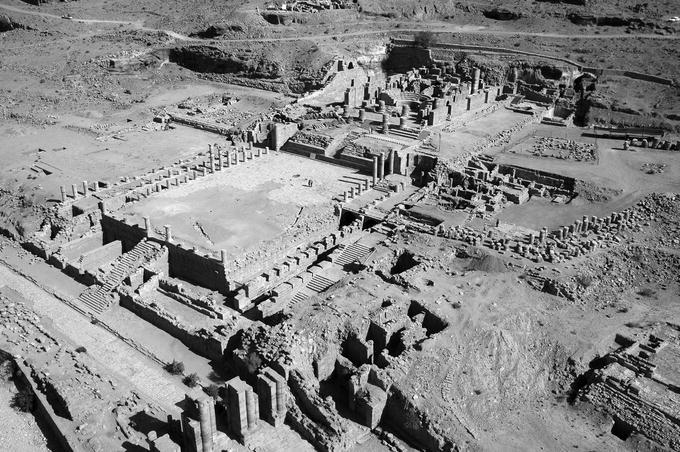
Wadi Rum
Avdat (mixed with later ruins)
Haluza
-
 5
5
-
-
-
 1
1
-
 1
1
-
-
-
 1
1
-
-
-
1 hour ago, Angen said:
Max789Power (857) hosted the rated game and exited without resign when was loosing.
Poor guy... He needs some tips on how to play, asap!
-
 1
1
-
-
Do you have 3 forum accounts?
I've also witnessed people complaining about this guy randomly kicking them from his games. He's obviously toxic in the forum, and toxic in the lobby as well.
Kicking people for using massed ranged units, using siege equipment, or even choosing the "wrong" civ, insulting people in the lobby, etc...
There really isn't any need to validate him any further...
-
 1
1
-
-
38 minutes ago, wowgetoffyourcellphone said:
All in favor?
Aye
-
 1
1
-
-
3 hours ago, wowgetoffyourcellphone said:
Nice, so what we'd do is scale it down. This is done by scaling down the "amount" of each feature rather than scaling the whole thing at once. So, the final one would have only 4 windows up top, not six. The inside collonades would be 4 columns instead of 6, etc. Doing it this way, the outer walls naturally shrink laterally to fit. The height axis remaining the same.
Spoiler
Adding that distinctive red line at the bottom makes the concept look a little better:
Some more Principia examples:
-
 3
3
-
-
6 hours ago, Anaxandridas ho Skandiates said:
I heavily disagree, visual communication is not "above all authenticity or real scale", I find that notion preposterous. Visual communication is 1/3 and each of the others 1/3. I fail to see what was wrong with the original model in this thread, surely a few tweaks, and on to more important matters? @Stan`? @Enrique? @LordGood?
That being said, @Nescio DID publish an image of an HQ with a collonaded courtyard. THAT is what the game needs, because it is the single most important feature of almost all Greek/Roman architecture, colonnaded courtyards and colonnades and later arch-galleries. The Ptolemies need it, the Seleucids need it, everyone needs a bit more colonnaded courtyards.
I agree entirely with this. Visual communication, authenticity and real scale are indeed 1/3 each, or something like that. There always needs to be a balance. The layout of the Principia/Headquarters building isn't even that different from the other barracks in-game. It's actually quite similar...
5 hours ago, LordGood said:We are not copying reconstructions blow for blow, and at the end of the day, a game's assets need to be accessible and of clear purpose for new players. This is top priority.
Historical accuracy and visual communication don't need to be mutually exclusive. A lot of your work illustrates this. We're not saying that we need a scientifically measured historical reconstruction of the Roman Principia, but why not just follow the general plan? Form and function... Especially for a civilization so well studied as the Romans...
I made a quick concept based on the Headquarters buildings I shared earlier. Just imagine this with lots of military props like shields, spears, banners, practice dummies or whatever... Adjust the scale as you like... Feel free to use a more monumental entrance. Make the elevated roof of the sacellum in the rear of the building more prominent, or use more stone in the texture, or whatever... This structure doesn't look like any other structure in the Roman building set. With some military props, it will be immediately recognizable as the "barracks". And it would actually be accurate, more or less.
The historicity in 0AD is a great source of value and a big distinguishing feature for this game. There are already plenty of mediocre representations of Antiquity in pop-culture. I know this game can do better, and in many respects it already is. It's one of the things i love most about 0AD, and it would be nice to see us all build on this, rather than dumbing it down, which puts us in direct competition with much bigger commercial studios.
-
 2
2
-
-
16 minutes ago, Nescio said:
and it seems to satisfy the criteria: aesthetically pleasing, historically accurate, and conforming to the layout of barracks of other factions.
That was exactly the one that poked my interest the most, for the same reasons.
QuoteHardknott Roman Fort is an archeological site, the remains of the Roman fort Mediobogdum, located on the western side of the Hardknott Pass in the English county of Cumbria (formerly part of Cumberland).
Built between about 120 and 138
This was a typical headquarters building, if small. It had a courtyard, with the remains a tribunal platform, where the cohort could be addressed, Behind was the trans hall across the building with 3 rooms behind it, including the cohort shrine, where the standard was stored, and perhaps an alter
-
45 minutes ago, Enrique said:
From your references, I can already see quite some structural combinations that are quite similar to the example layouts/structure forms, don't you think?
Why not just follow the references? The shape has a function. That elevated part in the centre of the rear end of the structure for example is the sacellum, or aedes (don't shoot me, my Latin is deplorable), a small shrine, which was a recurring element of this structure.
45 minutes ago, Enrique said:There has to be always a balance between aesthetic (not boring), accurracy (not too "fantastic") and gameplay (follow the layout guidelines of the barracks)
Yeah, but there's no need to reinvent the wheel when you're modeling structures for a historical game and you actually have primary references to work with. Where's the educational aspect of just winging it? Besides, there is enough historical variation to pick and choose from. Granted, the examples date to imperial times, but maybe someone can find a republican parallel. Here's some more inspiration:
-
Why not look at actual Roman barracks/fortresses for inspiration? Most of the reconstructions I see have a central structure which they call Principia, the headquarters, which is the central administrative structure/armory/religious centre of the fortress, surrounded by the barracks and other structures. Here's some archaeological info on the Roman Principia: http://www.curlesnewstead.org.uk/pdfs/curlechapter03.pdf
These examples are from AD period I believe, but I don't think it really matters...
SpoilerQuote(D) PRINCIPIA
The principia was the building that was the headquarters of the fort. It contained offices, archives, a shrine, storerooms, and a strong room where the soldiers' pay was kept.
Principia can be seen here in the centre
Clearly visible in the centre
Close ups

Interesting roof elevations on these reconstructions of actual barracks, surrounding the Principia
-
 1
1
-
-
Good stuff!
(Some in-game anti-aliasing would make that video thumbnail look 10 times better...)
-
 2
2
-
-
1 hour ago, Hannibal_Barca said:
-
too many bananas, wild bananas so long ago had quite few, but if we want a nice visual then alright, but half would do

Apparently that's what some of the South Indian (Kerala) bananas look like. Those bananas are short and thick, and they grow in huge bunches like that. Plantains used for cooking, and much more widely grown than bananas (at least in Africa) are larger/longer but less densely spaced.
1 hour ago, Hannibal_Barca said:- the supporting stem is too thin
Actually I think it's fine. There's usually just a lot of dead leaves hanging down obscuring the stem, but when it's trimmed (most cultivators would cut aways dead leaves), then the stem is visible, and it's about the right size in the screenshots. If those bananas aren't being tended to, then yeah, there could be a mess of brown leaves hanging straight down against the stem.
For the rest I think they look good. I only think that some of the leaves could have a more rounded tip. A variant with a smaller bunch isn't a bad idea. And another variant for plantains (cooking bananas) wouldn't be bad either

-
too many bananas, wild bananas so long ago had quite few, but if we want a nice visual then alright, but half would do
-
-
2 hours ago, Thorfinn the Shallow Minded said:
basically everyone wants more Greeks and only Greeks. Those who say they don't are in denial.
Hahahaha! No comment...
2 hours ago, Thorfinn the Shallow Minded said:Silliness aside, there are plenty of responses that could be given that are less Jewish sounding. The Greek voice acting mainly consists of "What is it?" (not a traditional greeting). At least according to a forum post that apparently quoted a scholarly source, there might be indication that it Shalom was employed quite regularly in Punic even as a greeting:
Very interesting, thank you!
-
21 minutes ago, Thorfinn the Shallow Minded said:
I would definitely find the Hasmonean Jewish nation to be a fantastic addition to the game,
 Spoiler
SpoilerFor the wonder, should we go with Zerubbabel's temple (536 - 516 BC), or Herod's temple (second half of the 1st century BC)? Neither of them are actually Hasmonean or "Maccabee", although it was refurbished/rebuilt during Hasmonean times as well. Perhaps we should use a more generic term like Judeans?
24 minutes ago, Thorfinn the Shallow Minded said:Another thing I would like to quickly point out is that Classical Hebrew's phonology is generally based on what is called Tiberian, which comes roughly A.D. 800, in Judaea, not from European Jews.
I'm definitely no expert, I just thought European Jews influenced the modern pronunciation of Biblical Hebrew, which is why I thought the Yemeni example was interesting. But I really dunno...
31 minutes ago, Thorfinn the Shallow Minded said:A further issue with carelessly making an amalgamation of the two separate languages is the repercussions that would have on the transliteration. If Aramaic seems like a better option, then we should go over Hebrew.
I meant that it would be nice to have Proto Berber Libyan units speaking Amazigh, to differentiate them from the Hebrew speaking Punics, lol, that sounds so weird.... Maybe they should just speak English. I honestly don't know if Punic sounded more like Aramaic or Hebrew. Seems like there's different answers for different times. During the heyday of Carthage, it seems to have been more different from Hebrew, but again, no expert here.
35 minutes ago, Thorfinn the Shallow Minded said:What concerns me about attempting to do Phoenician or Punic is the general lack of any good scholarly lexicons readily available (Unless I've missed something). What would be done for more obscure words other than haphazardly bringing in another language? Obviously Hebrew and Aramaic are hardly the best options, but they are certainly the easiest not correct ones to depict well.
I agree... I was basically just stating that I prefer the Jewish flavor for a Jewish faction, instead of having the North African civ sounding overly Jewish. But then again, maybe they did? I'm just imagining our Hero Hannibal during a 0AD match going "Shalom" anytime I select him, and it sounds a bit funny.
-
Phoenician mixed with some Proto Berber would be the closest approximation of ancient Punic. Phoenician, Aramaic and Ancient Hebrew are related, but it's debated to what extent they were actually mutually intelligible. There were apparently some fundamental differences in pronunciation, and in some cases Phoenician was more similar to Arabic and Aramaic respectively than Hebrew, which is technically more closely related, I believe. I think Phoenician and Hebrew were quite similar in the early first millennium BC, but diverged more strongly in the second half of the millennium, with the emergence of Punic widening it still.
Potential Yiddish accents flavouring reconstructed modern or classic Hebrew for a North African civ also seems a bit weird.
Perhaps Yemenite Hebrew is something interesting to look at (seems to be more archaic). And what about Amazigh for Libyan units?
Then we can reserve Hebrew for a future Hebrew faction, the Maccabees/Hasmonean Dynasty... They're from the right timeframe, super interesting, relevant (Seleucid/Ptolemaic/Roman interaction), and there's definitely interest (has been requested many times now).
-
 1
1
-
-
7 hours ago, Lion.Kanzen said:
I don't know what Kushite voices he's talking about.. I know Stan' the man did some recordings, but were they ever committed? 90% of the written language in-game is the Napatan dialect of Late Egyptian, which was used as the official language of the Kingdom of Kush until the 3rd century BC and I believe a broken version continued to be used in some religious inscriptions for several centuries after that. Both languages were spoken during our timeframe, but I avoided too much Meroitic because there are literally only a handful of people in the world who have any real understanding of the language, and the huge bulk of the referenced texts in the research are also written in Napatan. Only a handful of terms and titles are Meroitic in game.
As for the rest:
Spoiler
I actually studied some Greek in high school, but I'm not nearly knowledgable enough on the subject to weigh in on the discussion...
11 hours ago, Anaxandridas ho Skandiates said:months and months pass by
Months are like days in 0AD... 17 years of development so far. Alpha 24 is still going to take many more months... Patience is key. The more antsy you get, the less likely people are going to sacrifice their free time to help you out with this. Many people have waited years to see their favorite features in game. I'm not saying it needs to take years, preferably not, but if you can't manage to reach a consensus, no progress is going to be made. Either change your approach, or properly evaluate and try to understand others' viewpoints. @Nescio's knowledge on Greek subjects is respected in this forum for good reason. If you claim one standard, and Nescio claims another standard, and both of these standards are used in academia, it's probably going to take a little more than belligerence to convince the community of one direction or the other. Frankly, this war of standards is probably a matter of personal taste, more than anything.
-
 1
1
-
-
25 minutes ago, wackyserious said:
it is often associated with folklore and superstition.
Same here...
SpoilerPictures I took during our Odwira festival. I wasn't exactly focussing on the tree, but there it is, in all it's mystical glory, just outside the main palace of Akropong, our traditional capital. I believe libations are poured there, among other places.
Traditional musicians with the Banyan tree in the background.
I actually found a picture of "the" Banyan tree in Akropong from the freakin' 1870's! I assume it's the same tree, as it's referred to as "the Banyan tree of Akropong", meaning only one tree like that in town, and other pics of the time seem to show it in the same place as the pictures above. It's probably several centuries old. If trees could talk...
-
 2
2
-
-
First time player. Excellent narration...
Player: "Are these sheep or pigs? They look like sheep to me."
Gaia animal: "Baaah"
Player: "That is definitely a pig. Yeah, you can tell by the sound it's making. Pigs go Baaah"
"Yes, the women of Rome, known of course for their heavy logging", lol...
-
 4
4
-
 3
3
-
-
@LordGood, marvelous!
Your "Civil War collection of art assets without entities yet" is look finger-lickingly delicious as well...
-
 3
3
-
 1
1
-
-
17 minutes ago, LordGood said:
no need for an us vs them mentality, its looking good so far
But you're right. I don't mean to sh*t-talk AoE or anything, and this AoE II DE is looking promising. As I said I actually like a lot of the architecture sets. I'm just always a bit nit-picky with my favourite histories. Anyway, renewed popular interest in classic RTS games can only be good for us, so it's a win win either way.
-
 2
2
-



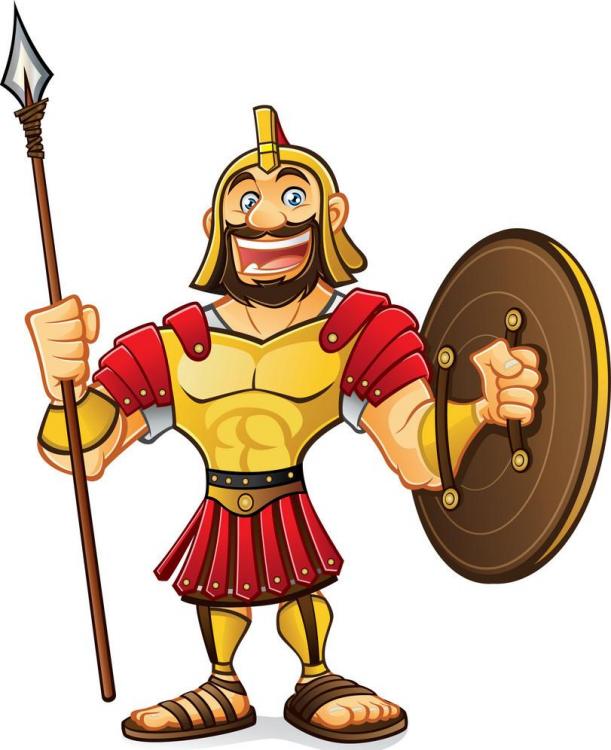
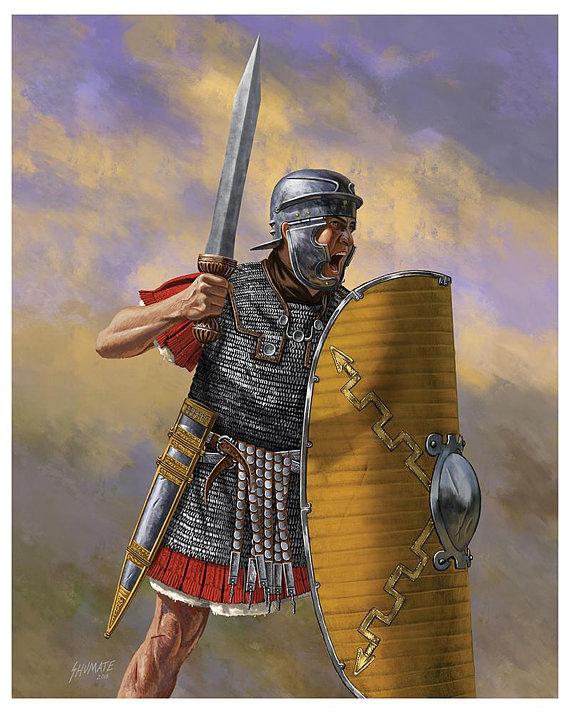
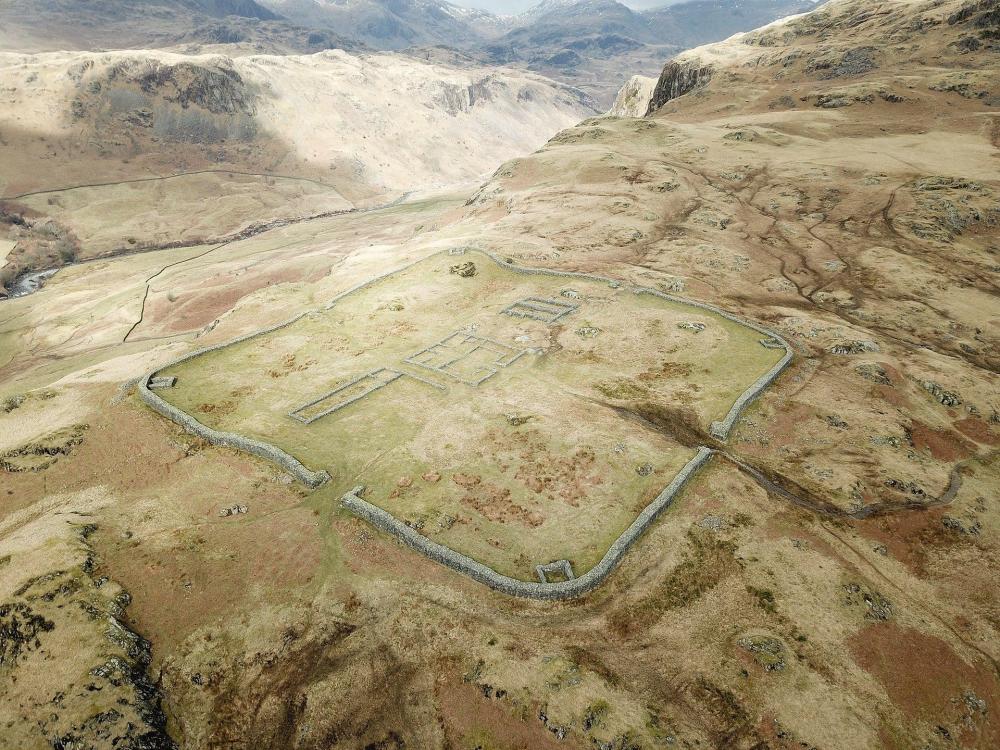
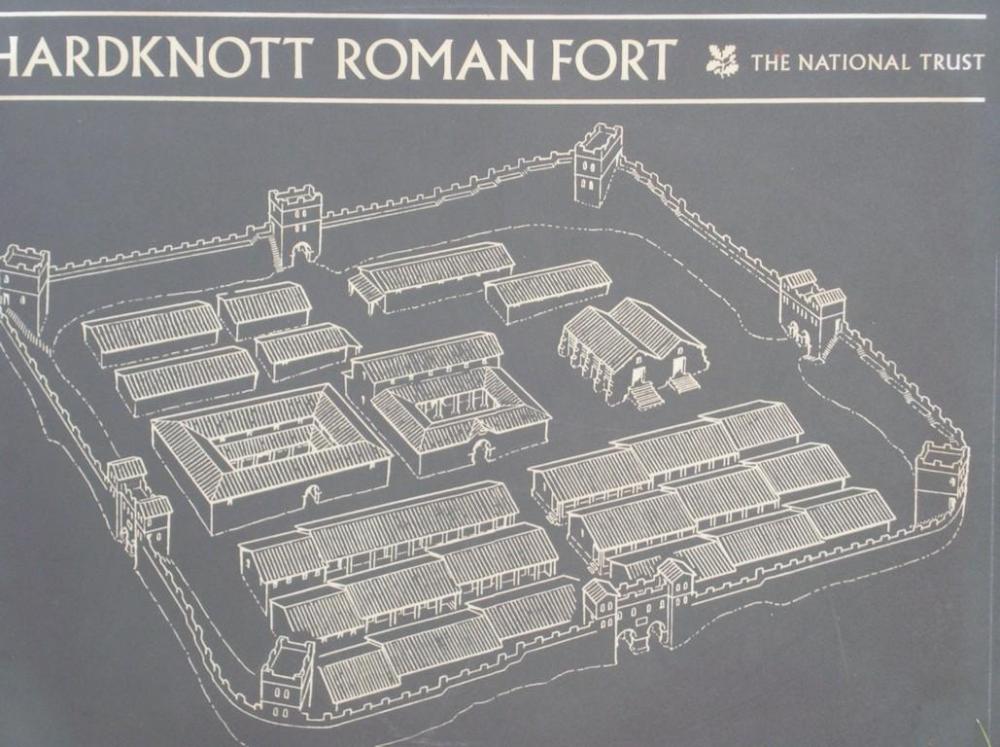
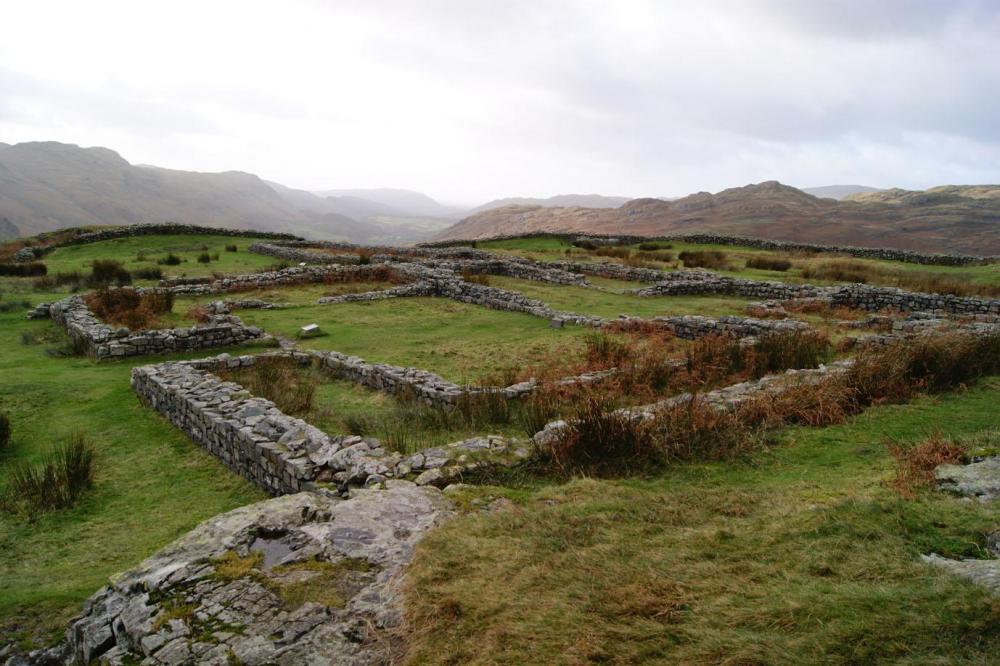
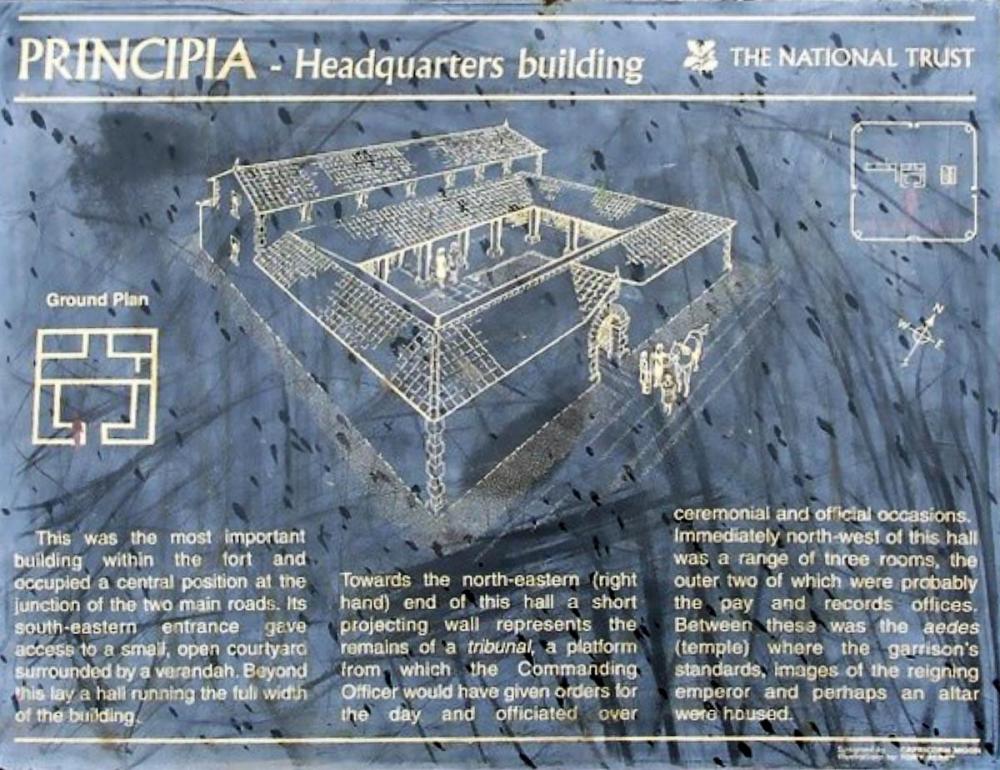
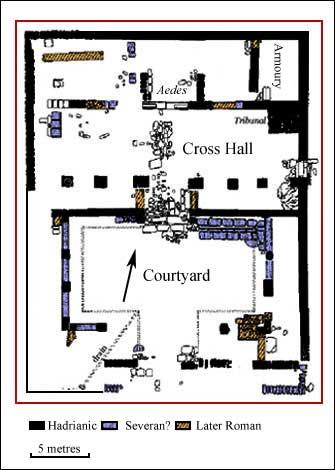
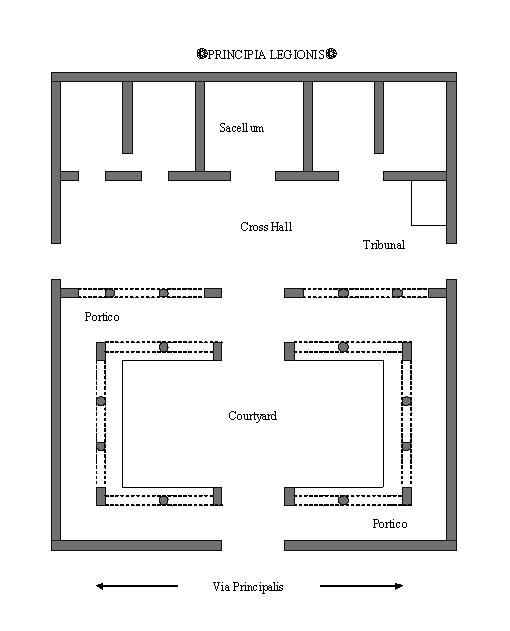
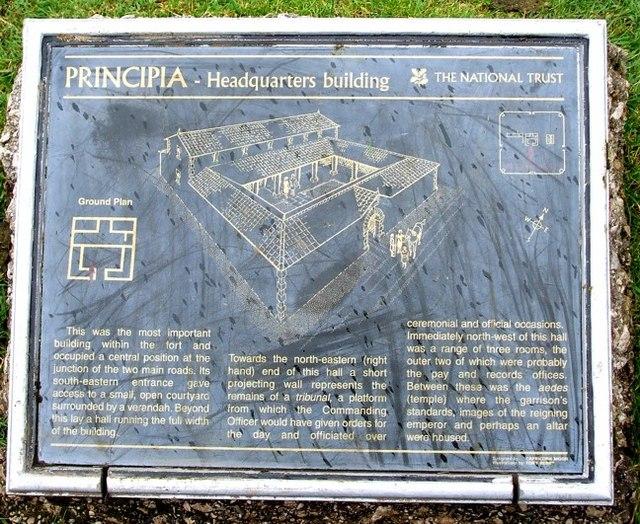
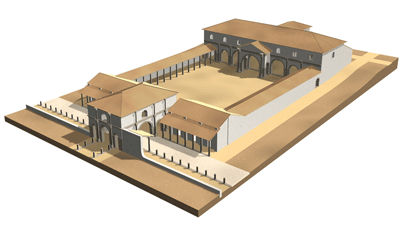
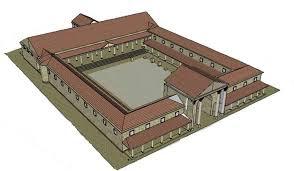
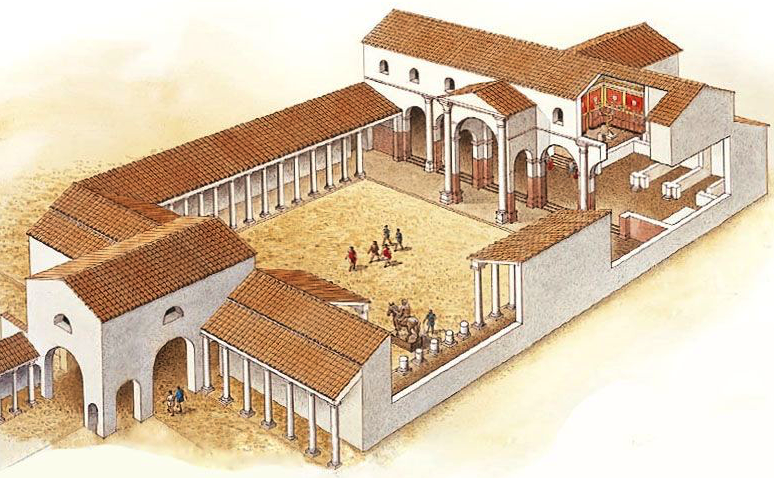
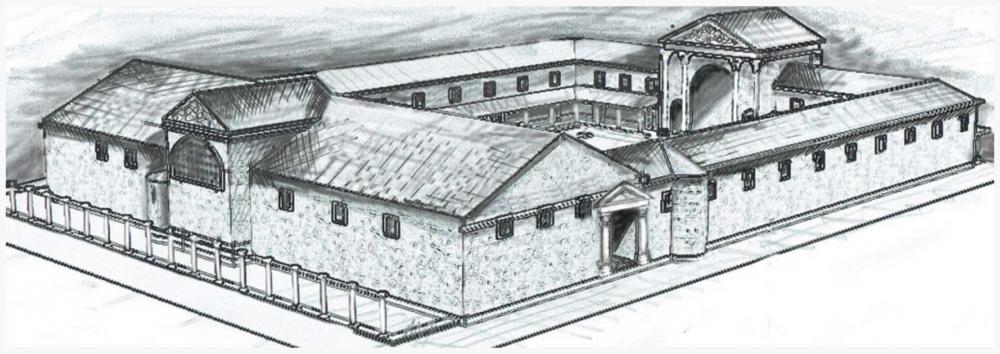
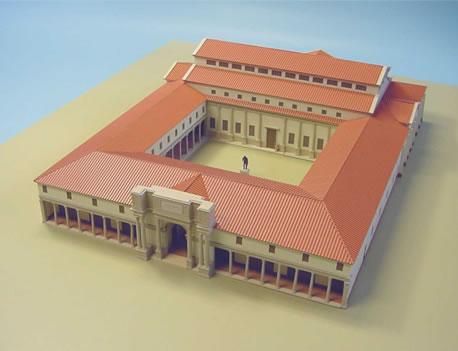
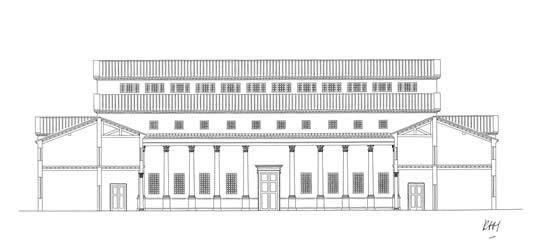

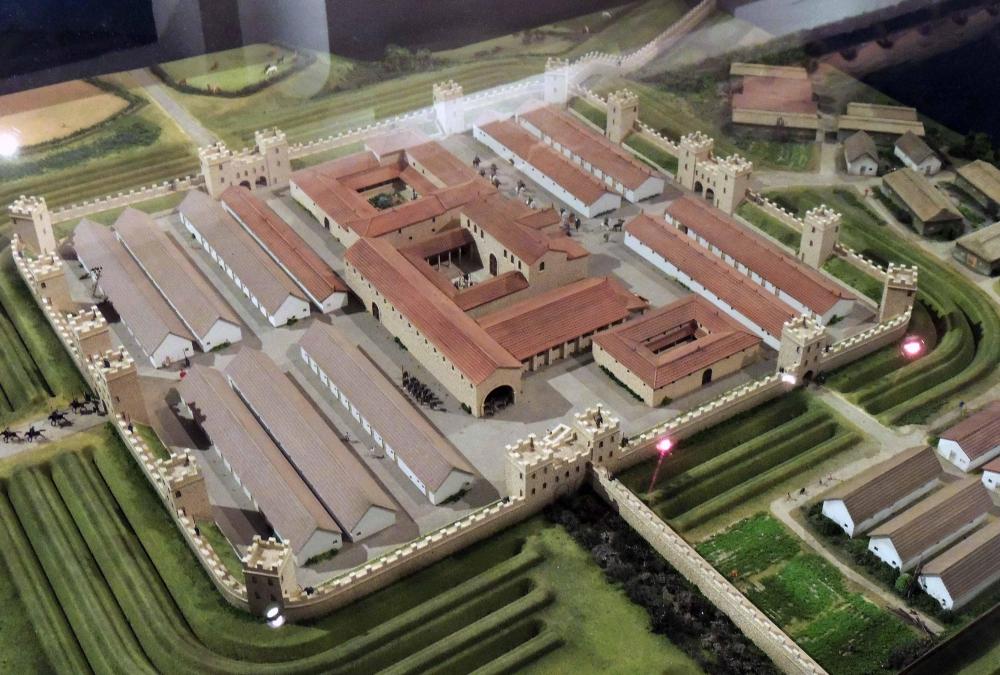
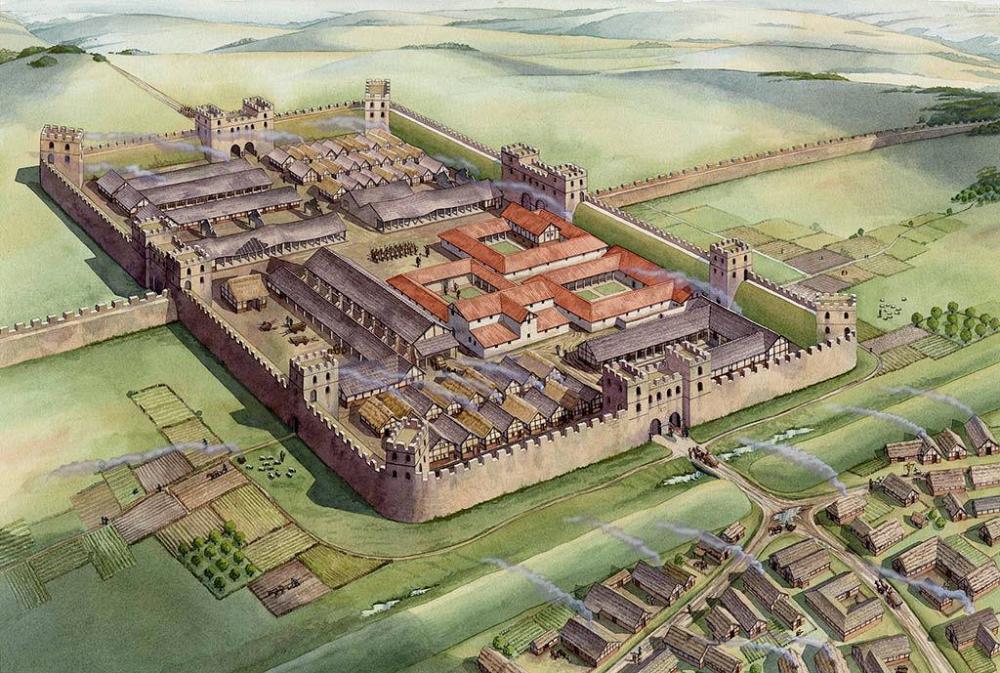
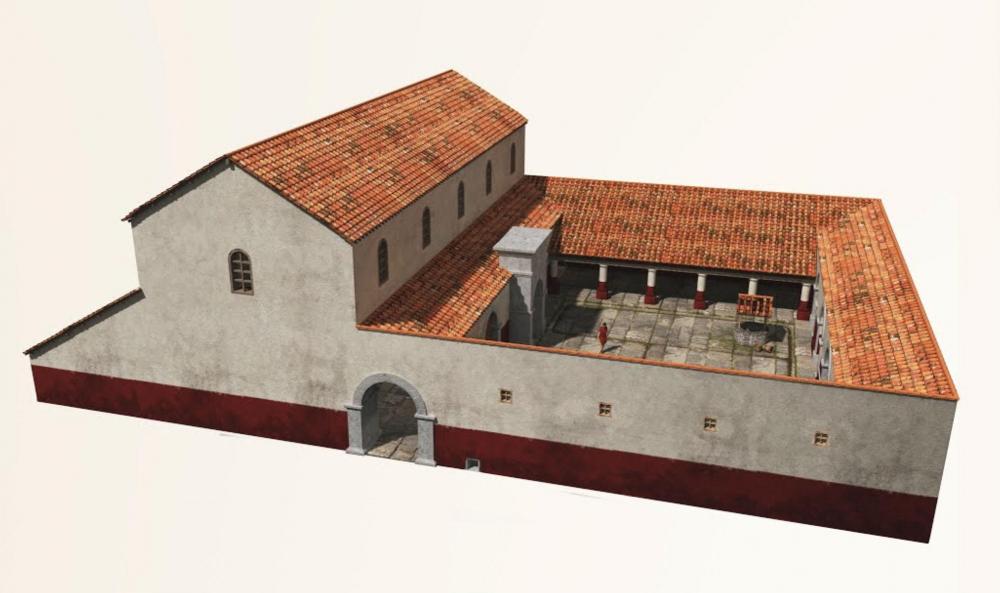
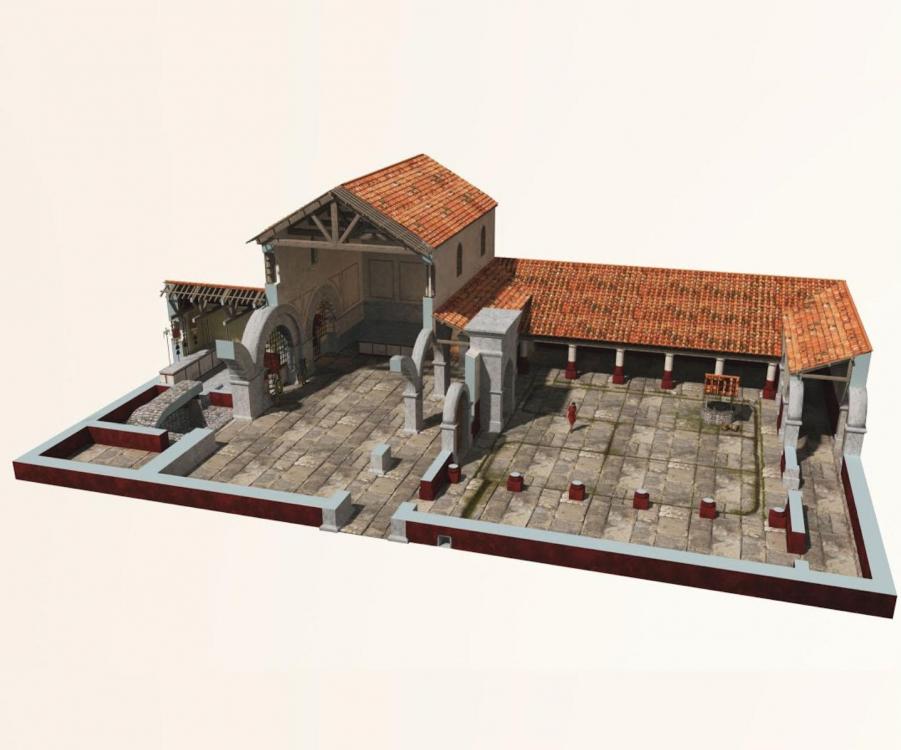
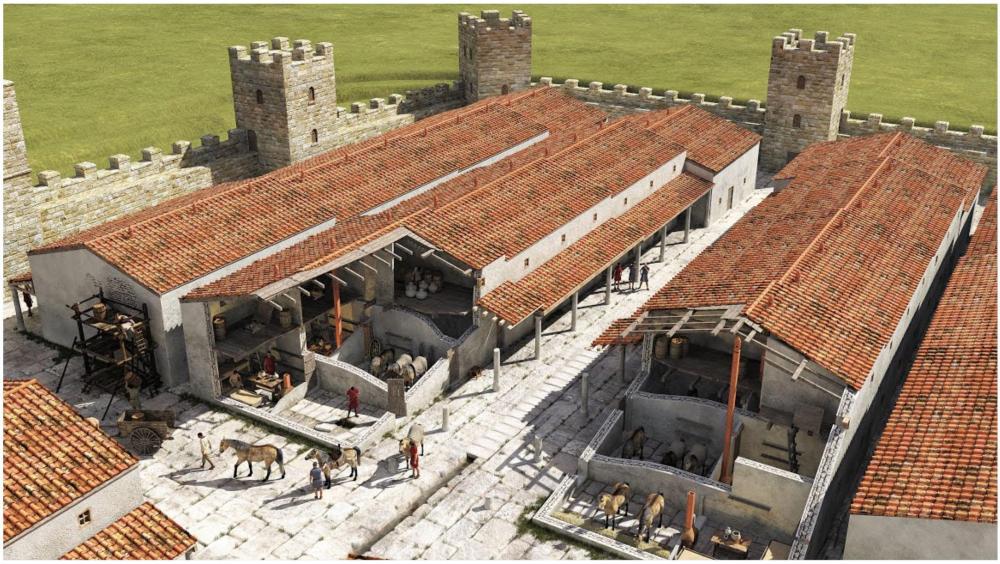

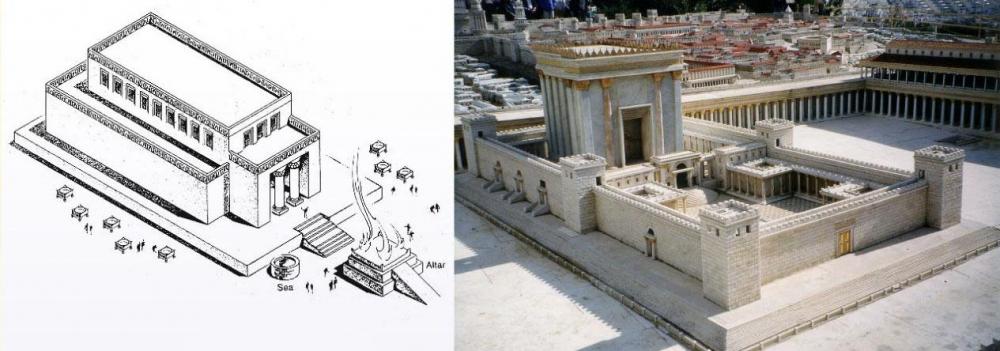
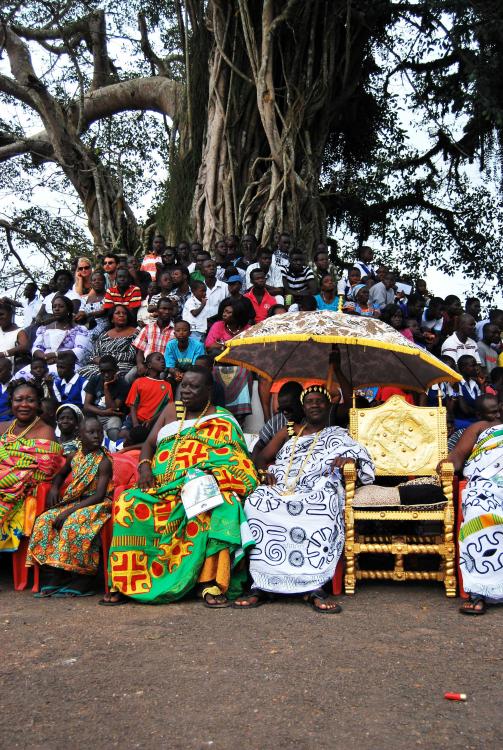
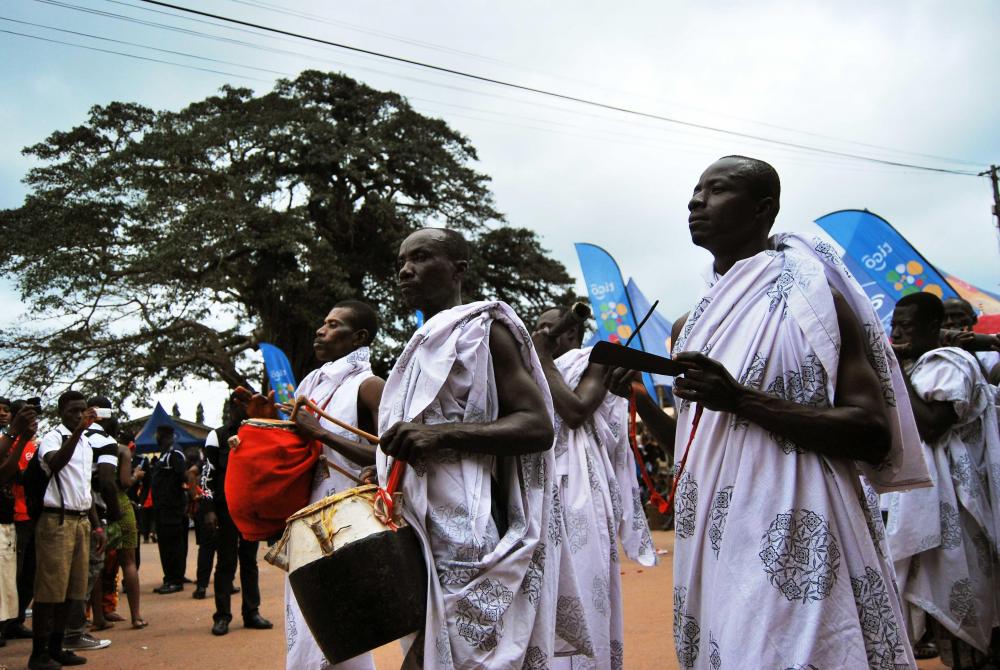
The Kingdom of Kush: A proper introduction [Illustrated]
in Official tasks
Posted
Thanks. It was pointed out a little while back. The topic had been archived or something so it wasn't publicly viewable at first. I stumbled upon it by chance over a year ago (was still able to read it through the profile of Shogun144) and was actually pleasantly surprised and impressed, especially for something written 11 years ago!
Since then, our collective knowledge on Kushites has evolved, so Shogun's piece has become a little outdated. I'll post a quick commentary with some comments and few corrections: